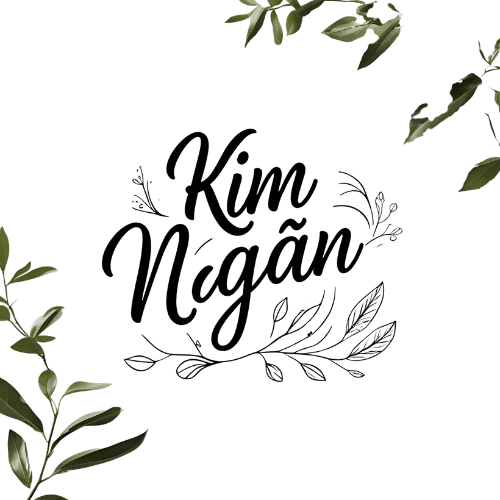🇯🇵 Okinawa – Where the Ocean Sings and Time Moves Like a Tide
🇯🇵 Okinawa – Where the Ocean Sings and Time Moves Like a Tide
Japan Travel Guide – By Region
Okinawa doesn’t ask you to do anything.
It simply asks you to be—quietly, slowly, surrounded by blue.
1. Overview & Highlights
Far from Japan’s main islands, Okinawa floats in the Pacific with its own rhythm—gentler, warmer, more fluid. It’s not just a beach destination. It’s a shift in perspective. Life here feels unhurried, shaped by sun, salt, and centuries of a unique culture that traces back to the independent Ryukyu Kingdom.
Come to Okinawa not for a checklist, but for a change of pace. To watch waves curl in silence. To breathe slowly with the breeze. To be reminded that peace can be a place.
Highlights:
– Crystal-clear beaches in Zamami, Miyako, and Ishigaki
– Shuri Castle – a symbol of Ryukyu heritage
– Traditional Okinawan villages in Taketomi and Ogimi
– Cape Manzamo – dramatic cliffs and golden sunsets
– Churaumi Aquarium – home to majestic whale sharks
– Island hopping across the Yaeyama and Kerama archipelagos
2. Culture & People
Okinawa’s heart beats differently. Once an independent kingdom, its Ryukyu culture remains proudly alive—seen in the architecture, music, clothing, and cuisine. The language is distinct. The traditions softer. And the people? Warm, open, and full of quiet joy.
This is also the land of longevity. Okinawa has one of the highest life expectancies in the world. Locals credit it to community, simplicity, movement, and gratitude—a way of living that feels both ancient and healing.
3. Must-Try Foods
Okinawan cuisine is light, healthy, and soul-nourishing—shaped by tropical ingredients and island wisdom.
Goya Champuru – stir-fry with bitter melon, tofu, egg, and pork
Okinawa Soba – thick wheat noodles in pork-based broth
Rafute – slow-cooked pork belly in sweet soy sauce
Sea grapes (umibudo) – salty, popping seaweed served cold
Tofuyo – aged, fermented tofu with a strong flavor (local delicacy)
Awamori – Okinawa’s distilled spirit, often served with water or on the rocks
Many meals here are simple but intentional, best enjoyed slowly with ocean air.
4. Travel Tips
Best time to visit:
April–June (before typhoon season) or October–November (mild and dry)
Getting there:
Fly into Naha Airport (main island) or direct to Ishigaki/Miyako from Tokyo/Osaka
Getting around:
Renting a car is best for exploring freely; buses are available but infrequent
Language:
English is limited, but gestures and smiles go a long way
Money:
Bring cash—especially on remote islands
5. Recommended Clothing
Light, breathable clothing – the climate is subtropical
Swimwear, sandals, hat, and sunscreen
Snorkeling gear – or rent locally
Modest clothing for visiting sacred sites or local villages
6. Best Photo Spots
Kabira Bay (Ishigaki) – turquoise water with white-sand coves
Cape Zanpa & Cape Manzamo – windswept cliffs at sunset
Shurijo Castle – Ryukyu architecture in red and gold
Taketomi Island – preserved Okinawan houses with coral stone paths
Kerama Blue waters – ideal for underwater photography
6.1. Must-Visit Places & Experiences
Naha – explore Shuri Castle, Tsuboya Pottery Street, and Makishi Market
Kerama Islands – day trips from Naha for snorkeling and beaches
Zamami & Tokashiki – quiet island life, sea turtles, and stargazing
Ishigaki Island – gateway to Yaeyama, perfect for nature and diving
Taketomi Island – traditional Ryukyu village charm
Miyako Island – pristine beaches and photogenic bridges
Ogimi Village – meet centenarians and feel the power of community
7. Suggested Itinerary (5–7 Days)
Day 1: Arrive in Naha – visit Shuri Castle, sample local food
Day 2: Ferry to Zamami or Tokashiki – snorkel, swim, sunset watch
Day 3–4: Fly to Ishigaki – explore beaches, hike, and visit Kabira Bay
Day 5: Day trip to Taketomi – rent a bike, wander quiet coral paths
Day 6–7 (optional): Extend to Miyako Island or slow down in Ogimi
Alternative: Stay on Okinawa Main Island for a deeper cultural dive and beach time near Onna or Nago
8. FAQs & Sample Costs
Is Okinawa like the rest of Japan?
Not quite. It has a different history, food, and vibe—more tropical, more relaxed.
Can I visit without knowing Japanese?
Yes, but expect limited English—bring a translation app or learn key phrases.
Estimated daily cost:
– Budget: $70–100/day (guesthouses, ferry passes, local eats)
– Mid-range: $120–180/day (resorts, car rental, snorkeling trips)
– Luxury: $200+/day (private villas, guided diving, boutique hotels)
Okinawa is a soft exhale.
It is where the days stretch like the tide, and your thoughts begin to quiet.
It is the rustle of sugarcane in the wind,
The hush of sea foam on morning sand,
The warmth of a stranger offering you tea and not asking why you came.
In Okinawa, you don’t need to do more—just be more present.
Thank you for coming with me to the edge of Japan, where the islands are slower and the ocean seems to know your name.
May this journey remind you that peace isn't just found—it can be lived.
👉 Explore the full Japan Travel Guide – By Region series for more soulful journeys across the country.
With heart and quiet wonder,
Kim Ngân – storyteller & slow traveler
